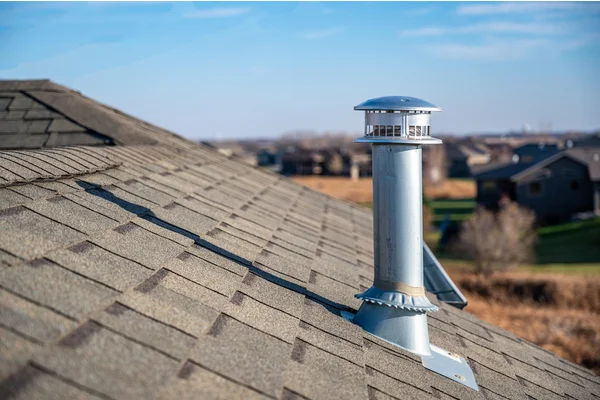All-American Plumbing
Plumbing in America has a rich history, evolving from rudimentary systems to the highly advanced infrastructure we rely on today. Early American plumbing was influenced by European designs, with settlers often using basic hand-pumped wells and gravity-fed systems. However, as cities grew in size and population, the need for more sophisticated plumbing systems became clear. By the late 19th and early 20th centuries, American cities began installing modern sewage systems, clean water lines, and indoor plumbing, which revolutionized public health and quality of life. These developments helped prevent the spread of disease, improved sanitation, and allowed for more comfortable living spaces, laying the foundation for the advanced systems we use today.
Today, plumbing plays a critical role in maintaining health, safety, and convenience in American homes and businesses. Modern plumbing systems ensure clean drinking water, reliable waste disposal, and temperature control through heating and cooling systems. The plumbing industry in the U.S. is a multi-billion dollar sector, employing a large workforce of skilled professionals who specialize in installation, maintenance, and repairs. Plumbing technology has also seen significant advancements, with innovations like water-saving fixtures, tankless water heaters, and eco-friendly materials becoming increasingly popular. These advancements not only improve efficiency but also reduce water consumption, contributing to sustainability efforts across the country.
As essential as plumbing is, the industry also faces challenges, particularly when it comes to aging infrastructure. Many cities in the U.S. are dealing with outdated plumbing systems that require costly repairs or full replacements. In addition, there’s a growing need for more trained plumbers, as the demand for their services continues to rise with population growth and urban expansion. To address these challenges, both public and private sectors are investing in updating water systems, enhancing training programs, and encouraging the next generation to enter the skilled trades. As we move forward, plumbing in America will continue to evolve, adapting to new technologies, environmental concerns, the needs of a changing population, and Alpine will be right here to ensure you get the very best helping hands for your home!



























